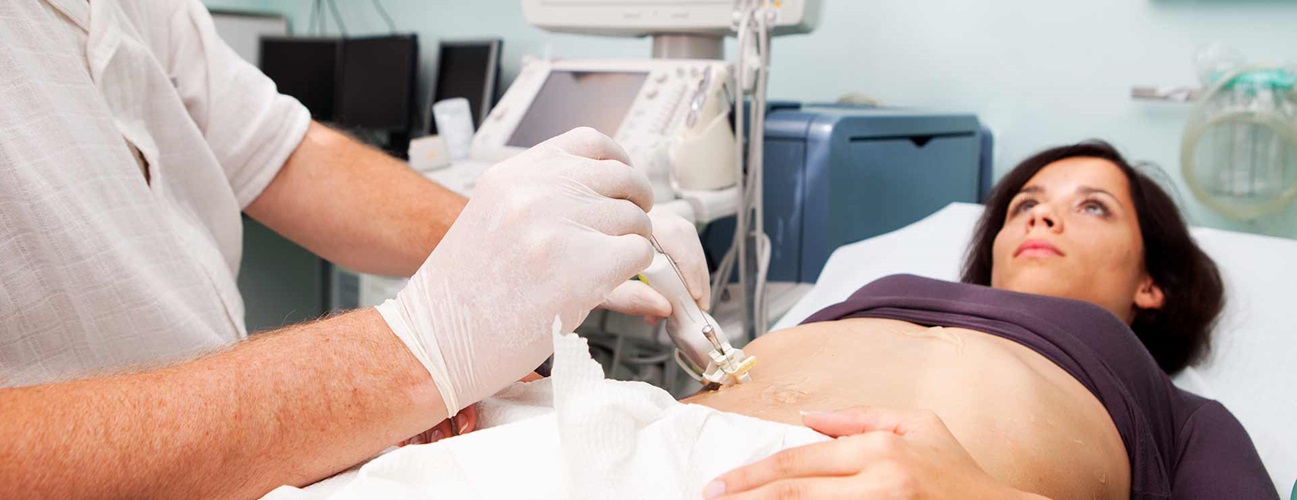Liver cirrhosis is a chronic and progressive disease that occurs when the liver is damaged and scarred, making it unable to function properly. The condition is caused by a variety of factors, including chronic alcohol abuse, viral hepatitis, and non-alcoholic fatty liver disease.
Symptoms of Liver Cirrhosis
Symptoms of liver cirrhosis can vary depending on the stage of the disease and the underlying cause. Early symptoms may be mild and go unnoticed, while advanced symptoms can be severe and life-threatening. Some common symptoms of liver cirrhosis include:
Fatigue and weakness
Loss of appetite and weight loss
Nausea and vomiting
Abdominal pain and swelling
Bruising and bleeding easily
Jaundice (yellowing of the skin and eyes)
Itching
Confusion and memory loss (hepatic encephalopathy)
Spider-like blood vessels on the skin (spider angiomas)
As the disease progresses, complications can occur that can be serious and even life-threatening. These complications include:
Ascites (buildup of fluid in the abdomen)
Hepatic encephalopathy (a brain disorder caused by liver failure)
Variceal bleeding (bleeding from dilated veins in the esophagus or stomach)
Hepatocellular carcinoma (liver cancer)
Treatment for Liver Cirrhosis
Treatment for liver cirrhosis depends on the underlying cause and the stage of the disease. In the early stages of the disease, treatment may focus on managing symptoms and slowing the progression of the disease. In advanced stages of the disease, treatment may focus on managing complications and preventing further damage to the liver.
Treatment options for liver cirrhosis include:
Medications: Medications can be used to manage symptoms and complications of liver cirrhosis. Diuretics can be used to reduce fluid buildup in the abdomen, while antibiotics can be used to treat infections. Medications can also be used to reduce the risk of variceal bleeding and to manage hepatic encephalopathy.
Lifestyle changes: Making lifestyle changes can help to slow the progression of liver cirrhosis and prevent complications. This includes avoiding alcohol and drugs, eating a healthy diet, and getting regular exercise.
Surgery: Surgery may be necessary in some cases of liver cirrhosis. For example, a shunt procedure may be used to reduce the risk of variceal bleeding, and a liver transplant may be necessary in advanced stages of the disease.
Transjugular intrahepatic portosystemic shunt (TIPS) : This procedure uses a thin tube to create a new connection between two blood vessels in the liver. This helps to reduce the pressure in the portal vein, which can prevent variceal bleeding.
Liver transplant: A liver transplant may be necessary in advanced stages of liver cirrhosis. A liver transplant is a major surgery that replaces the damaged liver with a healthy liver from a deceased or living donor.
It is important to note that liver cirrhosis is a serious and progressive disease that requires ongoing monitoring and management. Regular follow-up appointments with a healthcare provider are important to monitor the disease and prevent complications. Additionally, those with liver cirrhosis should be vaccinated against hepatitis A and B, as they are at a higher risk of developing these infections.
In conclusion, liver cirrhosis is a chronic and progressive disease that occurs when the liver is damaged and scarred. Symptoms of liver cirrhosis can vary depending on the stage of the disease and the underlying cause. Treatment for liver cirrhosis depends on the underlying cause and the stage of the disease

 Home
Home Health
Health Diet & Nutrition
Diet & Nutrition Living Well
Living Well More
More












